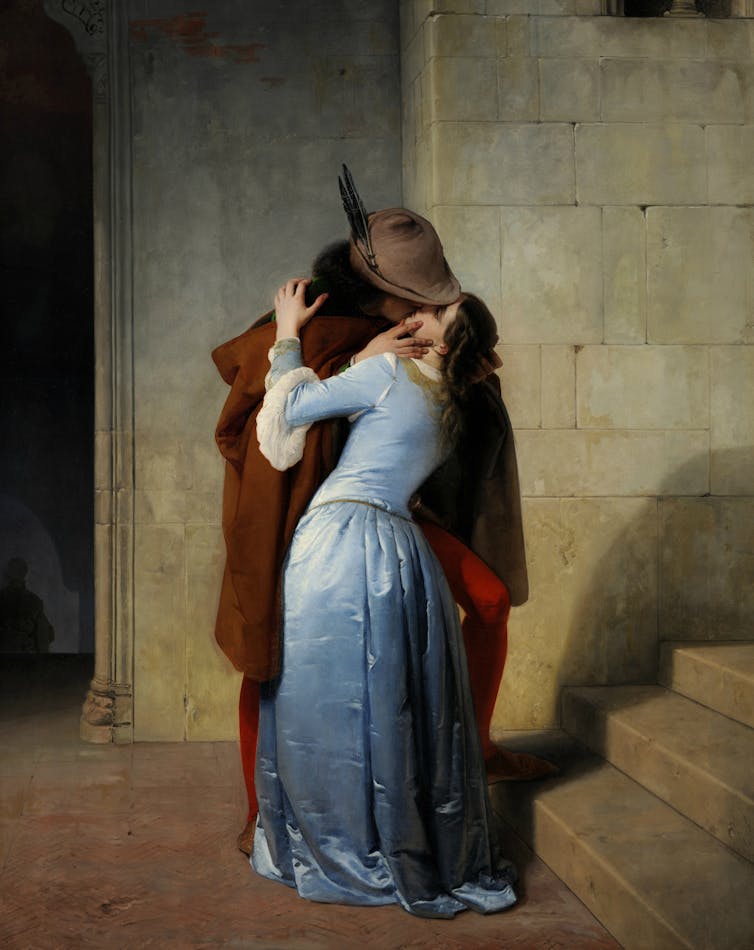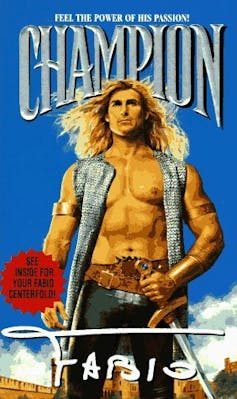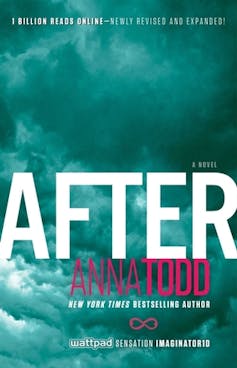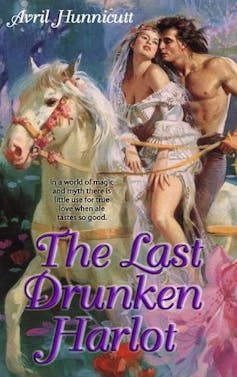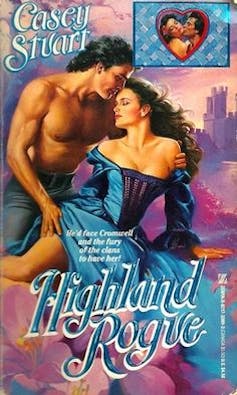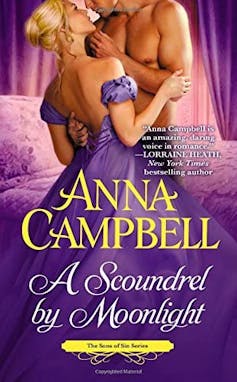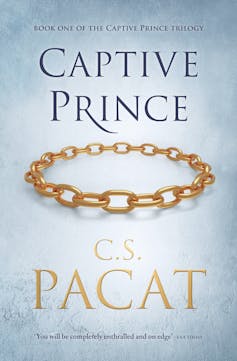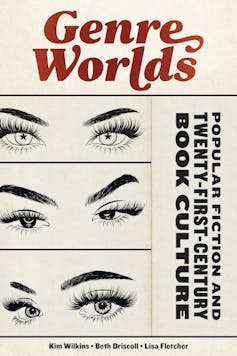Over the ages, there have been broadly three reasons why people have retired.
Some are forced to by poor health – theirs or someone they care for. Others have alternative income sources, meaning they don’t rely on a regular pay cheque. And some are made to retire by an employer who wants to overhaul staffing.
But where did the idea of retirement come from? And how was it handled in ancient times?
Origins of support
Retirement support – which these days comes in the form of superannuation or a government pension – dates back to ancient history in various forms.
Some forms of retirement support were funded by local taxes or tithes, others by donations. Some systems were corrupt and the coverage was patchy.
Records are not readily available from other cultures, but we know a little about ancient Rome and English history since then.
Emperor Augustus, who ruled after Julius Caesar died, set up a scheme for Roman soldiers more than 2,000 years ago. The scheme aimed to ensure they retired while still strong and healthy, and would be less likely to cause trouble.
The scheme paid a decent amount for soldiers after 25 years of service, so retirement age could be as young as 42.
Pensions for older people in need also have ancient origins. The New Testament Bible records the churches had schemes for needy widows right from the beginning.
In the early Middle Ages, monasteries often provided for the needy, but Henry VIII famously closed them and took their assets. A fair share of their assets ended up with high government officials after the king’s takeover.
Industry funds can also be seen to date back at least to the Middle Ages, where the trade guilds provided for members and their families who fell on hard times.
Retail funds mainly began as mutual life insurance companies that began more than 200 years ago.
 In the 18th century, the East India Company began offering pensions to retirees. Oil on canvas by Philip Le Couteur, Image number: 12577, National Army Museum.
In the 18th century, the East India Company began offering pensions to retirees. Oil on canvas by Philip Le Couteur, Image number: 12577, National Army Museum.In the 18th century, the East India Company and the Bank of England began offering pensions. These were at first discretionary based on need and loyalty, but later covered all employees. This idea then spread to other larger companies such railways and banks.
As modern states developed the capacity to collect income taxes, it became feasible to provide comprehensive retirement benefits funded by central government.
Beginning with Germany in 1889, developed countries began introducing universal national age pension arrangements.
Unfortunately, a number of countries, such as Papua New Guinea, still do not have the capacity to provide a universal safety net to cover older people.
Retirement in Australia
Three Australian states began schemes in 1900, and the federal government provided a universal (but means tested) scheme from 1909.
Most Australian retirees seem to enjoy a favourable standard of living. The Grattan Institute finds that the poorest 30% are, in fact, better off in retirement.
Massive house price and rental inflation in the last 30 years, however, has gutted the living standards of those who don’t own their own homes. This gap in the safety net needs to be addressed.
Retirement ages
The Roman army model persists in some countries to this day: retirement from the US military is available after 20 years of service.
Retirement this early is obviously very expensive. The church scheme mentioned in the New Testament had a minimum age of 60, which is still the normal retirement age in many countries.
The OECD reports the average age of retirement in their 38 member countries is just under 64 for women, and just over 64 for men.
Australians now qualify for the age pension at 67, which is slightly older than average.
Retirement ages are, however, rising to allow for “population ageing”, a longer life expectancy and lower birth rates. Life expectancy at retirement age is the important number when calculating the cost of pensions.
In ancient Rome it was about seven years and was about the same in Sweden in the middle of the 18th century.
In Australia, the life expectancy of a 65 year old woman has risen from 12 years in 1895 to 23 years on average.
 Retirees are living longer than they used to. Photo by Monica Silvestre/Pexels
Retirees are living longer than they used to. Photo by Monica Silvestre/PexelsEarnings-related pensions
The 1889 German scheme paid a minimum pension, plus an earnings-related component. Workers had a book for stamps for each week’s earnings.
The Australian age pension has always just paid a minimum “liveable” amount. This has been subject to different means tests over time, but retirees have been able to supplement it with their own savings.
Until 1987, only 40% of Australian employees were covered by employer sponsored schemes. Then in 1992, the Superannuation Guarantee Scheme was introduced. Under this, employers were required to contribute 3% into all exployees’ super.
The standard rate will rise to 12% in July next year.
The future
A growing ageing population will mean the Australian government and superannuation industry will need to adjust current support systems.
Over the next decade, about 2.5 million Australians will move from accumulation (where you’re building up your super) to join the 1.6 million already receiving super benefits.
We can expect more people to be living into their nineties and needing pensions for life.
One government priority is to make lifetime pensions as much part of the Australian system as they are in the rest of the world
And after 30 years of growing complexity in the rules covering superannuation, regulators are counting the cost, and planning some simplification.
This article is part of The Conversation’s retirement series, in which experts examine issues including how much money we need to retire, retiring with debt, the psychological impact of retiring and the benefits of getting financial advice. Read the rest of the series here.![]()
Anthony Asher, Associate Professor in the UNSW Business School, UNSW Sydney
This article is republished from The Conversation under a Creative Commons license. Read the original article.


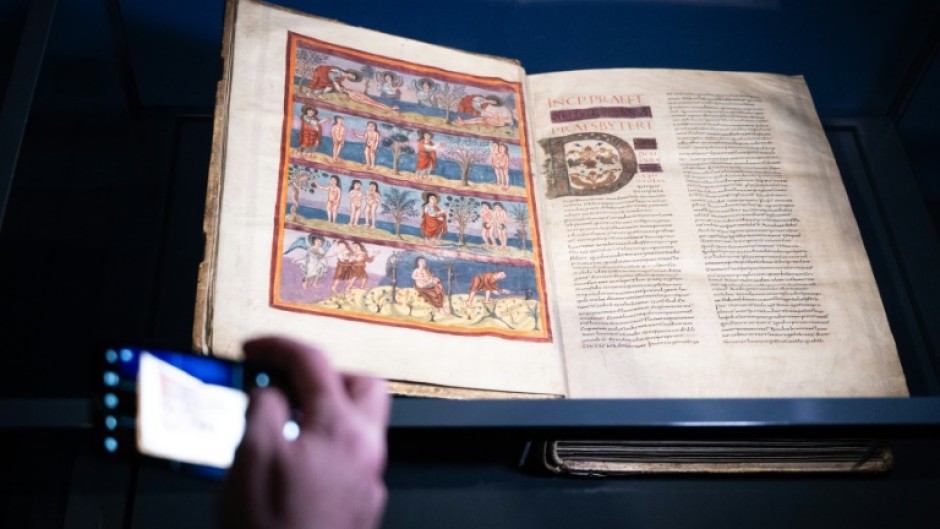
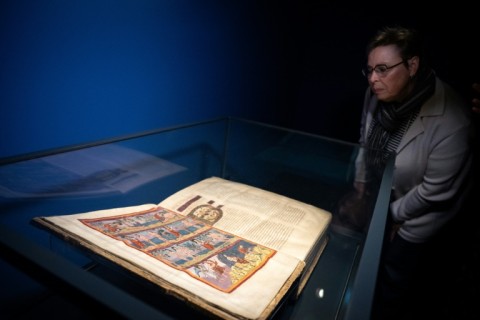


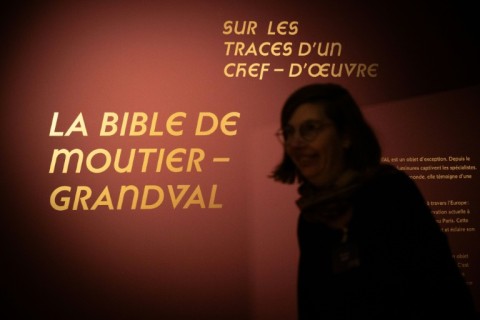






 This was now used to transport stones to build the third layer. This process was repeated 209 times till the pyramid was finished. Then, starting from the top, the highest level of the ramp was removed, and the missing stones of level 209 were put into place to finish this level,” he added. “This reverse process of ramp removal and placement of missing stones was repeated 209 times ending in the lowest level being completed last. Because the ramp used is not an exterior ramp, nor an interior one, it is an ‘L Notch Ramp’ since it is built like a cut-out notch within the footprint of each layer of stones.”Hooda proposed that the ancient Egyptians likely used a dual “L Notch Ramp,” system for pyramid construction, with one ramp for moving stones upward and a smaller ramp for workers to descend. This method, which left no visible traces after the ramps were dismantled, helps explain the long-standing mystery of Egyptian pyramids logistics.His painstaking research also highlights evidence of this approach, such as the smaller stones used at the pyramid’s higher levels—a design compromise necessitated by the L Notch Ramp system. It also identifies eight interlocking components that form an integrated explanation for the construction, providing comprehensive proof of the method.
This was now used to transport stones to build the third layer. This process was repeated 209 times till the pyramid was finished. Then, starting from the top, the highest level of the ramp was removed, and the missing stones of level 209 were put into place to finish this level,” he added. “This reverse process of ramp removal and placement of missing stones was repeated 209 times ending in the lowest level being completed last. Because the ramp used is not an exterior ramp, nor an interior one, it is an ‘L Notch Ramp’ since it is built like a cut-out notch within the footprint of each layer of stones.”Hooda proposed that the ancient Egyptians likely used a dual “L Notch Ramp,” system for pyramid construction, with one ramp for moving stones upward and a smaller ramp for workers to descend. This method, which left no visible traces after the ramps were dismantled, helps explain the long-standing mystery of Egyptian pyramids logistics.His painstaking research also highlights evidence of this approach, such as the smaller stones used at the pyramid’s higher levels—a design compromise necessitated by the L Notch Ramp system. It also identifies eight interlocking components that form an integrated explanation for the construction, providing comprehensive proof of the method.
 Dendy Powerhouse Outdoor Cinema
Dendy Powerhouse Outdoor Cinema
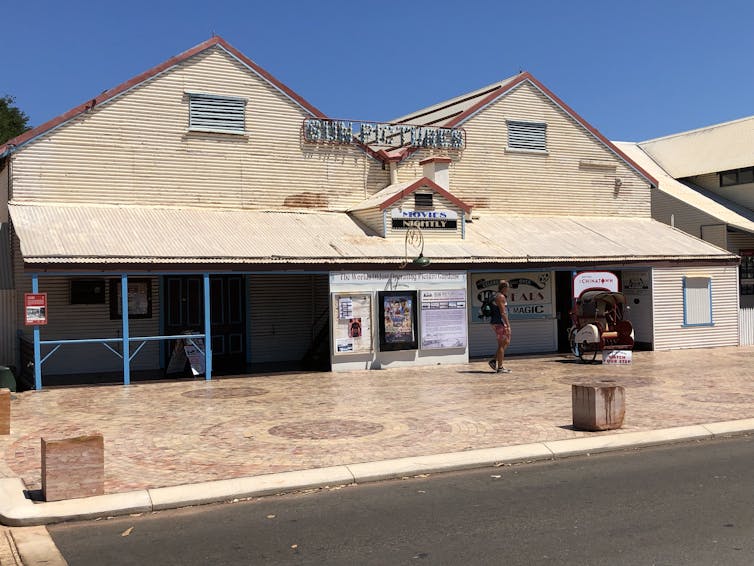 Sun Pictures was often subject to tidal flooding prior to a levee built in 1974. Locals have shared stories of watching films with fish swimming around their feet. Wikimedia,
Sun Pictures was often subject to tidal flooding prior to a levee built in 1974. Locals have shared stories of watching films with fish swimming around their feet. Wikimedia, 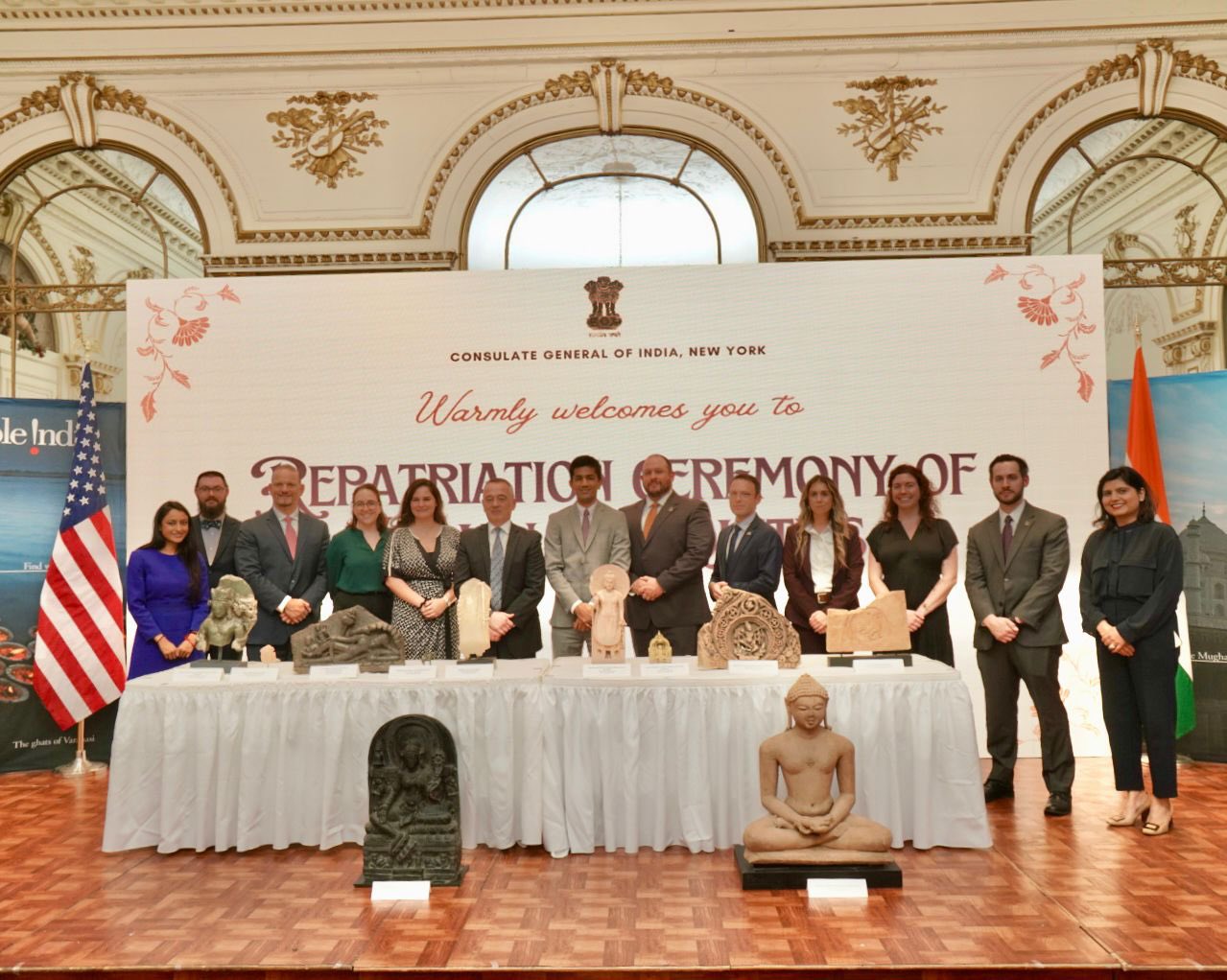


.jpg?ext=.jpg)
